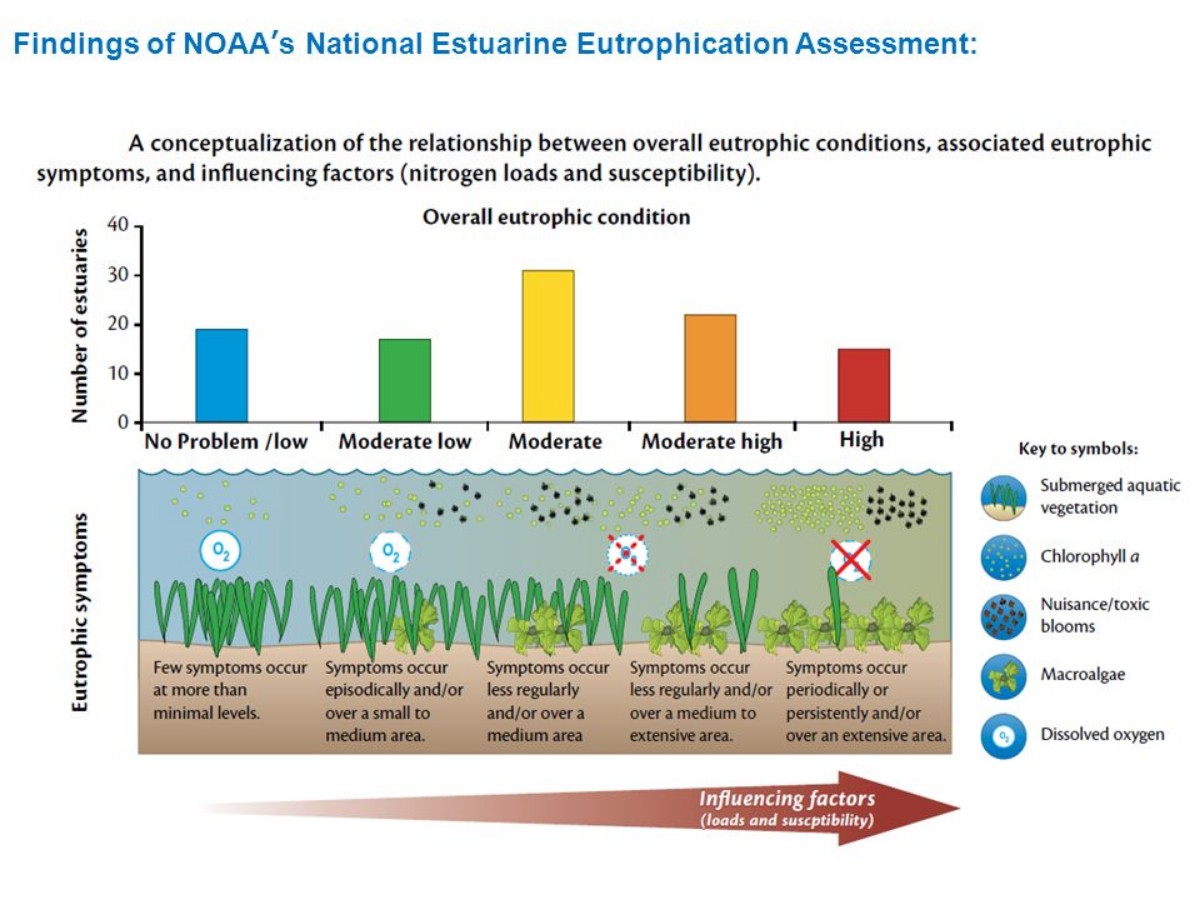
In the height of the summer heat, being able to jump into a cool, clear is one of life’s simple pleasures. But it seems that more and more that our lakes don’t look quite the same as they used to. We don’t see the same fish jumping up to snap up a tasty June bug. The frogs don’t peep as loudly in the late evening. And then there is the thick green blanket of slime floating on the top of the water that leads us to question whether we really want to jump in. After all, it’s not so hot anyway…
These green mats coating our lakes are algae bloom which are a surefire sign of eutrophication. Eutrophication is caused by excess phosphates and nitrogen in the water. These fertilizers help the algae to grow even faster than normal. As the algae rapidly reproduces and then dies, the the remains sink to the bottom of a given body of water.
The biomass then turns into an incredibly rich mud where bacterial decayers thrive. Due to the unnatural quantities and massive appetites of the bacterial decayers, the oxygen in the water is too rapidly consumed which effectively kills the other living organisms in the water and creates an inhospitable environment for potential inhabitants.
This process results in the premature death of a body of water [a process that normally takes 150 years can occur within approximately a year]. Locations that have become eutrophic are considered “dead zones”.
The majority of damage from eutrophication in the United States is caused runoff from lawn fertilizer, although commercial fertilizers contribute significantly to the problem. In the United States, it is estimated that 70 million tons of pesticides, fertilizers, and herbicides are applied annually to lawns in the United States. This is 10 times the amount used by farmers. Other sources include runoff from cities, sewage and even N and P used inland that is transported by the wind to varying water sources.
To add insult to injury, according to the website beyondpesticides.org:
“Of the 30 commonly used lawn pesticides, 17 are linked with cancer or carcinogenicity, 11 are linked with birth defects, 19 with reproductive effects, 24 with liver or kidney damage, 14 with neurotoxicity and 18 with disruption of the endocrine (hormonal) system. Of those same 30 lawn pesticides, 17 are detected in groundwater, 23 have the ability to leach into drinking water sources, 24 are toxic to fish and other aquatic organisms vital to our ecosystem, 11 are toxic to bees and 16 are toxic to birds.”
There are several potential solutions to the issue of eutrophication.
One of the easiest would be to stop applying chemical fertilizers to lawns. However, a well-groomed lawn is often considered a status symbol and point of pride for many. This suggests that the use of fertilizers will continue, possibly even increase.
In turn, a myriad of varying solutions is required. These options include increasing the presence of riparian buffer zones, restoring wetlands, reducing the density of livestock, treating sewer water and water from urban run-off, reducing the amount of N and P produced by vehicles and power plants and improving the efficiency of fertilizer application with targeted applications.

Without action, coastal waters will become unsuitable for aquaculture production, tourist destinations will lose their appeal when people cannot swim, fish or boat, biodiversity will be further reduced and aquatic and coastal ecosystems will become dramatically altered which reduces their effectiveness as water purifiers and storm barriers.
sources:
- http://www.mrhatten.com/Environmental%20Action/LawnCare.pdf
- http://www.beyondpesticides.org/lawn/factsheets/
- www.eoearth.org/view/article/152690/
image credits:


5 Replies to “eutrophication, choking the life out of a body of water near you?”
Comments are closed.